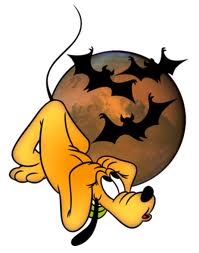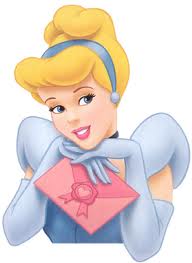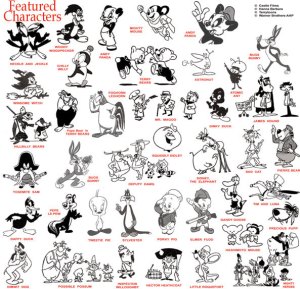 1920s: The first animated character to fill theaters in the silent-film era, Felix the Cat, became so popular that his gaping grin was reproduced on mugs, watches and other merchandise. Although he was soon eclipsed in movie theaters by talking cartoons, Felix’s fortunes revived when he began airing on TV in the 1950s.
1920s: The first animated character to fill theaters in the silent-film era, Felix the Cat, became so popular that his gaping grin was reproduced on mugs, watches and other merchandise. Although he was soon eclipsed in movie theaters by talking cartoons, Felix’s fortunes revived when he began airing on TV in the 1950s.
1928: Synchronizing sound with on-screen action, Walt Disney’s Steamboat Willie launched Mickey Mouse on his cruise to stardom.
1930: The eight-minute musical adventure, “Sinkin’ in the Bathtub,” was the first Looney Tune, created by two ex Disney animators.
Disney animators.
1937: Disney’s Snow White and the Seven Dwarfs was the first full-length animated feature film.
1940: The first collaboration of William Hanna and Joseph Barbera, Tom and Jerry traces the foiled efforts of gray house cat Tom to catch brown mouse Jerry and the resulting, sometimes sadistic, mayhem. With little vocalization beyond the animals’ shrieks of pain and panicked gulps, the shorts are renowned for their slapstick violence, recently parodied in “The Simpsons’ ” cartoon within a cartoon, “Itchy and Scratchy.”
1949: The Road Runner cartoons, a takeoff on traditional cat-and-mouse antics, featured Wile E. Coyote, who never kills his Road Runner quarry and typically ends up injuring himself.
1960: The first animated sitcom on prime time TV, The Flintstones, was designed to appeal to the whole family. Each half-hour episode showcased the challenges of contemporary working-class life in a stone-age setting.
showcased the challenges of contemporary working-class life in a stone-age setting.
1987: Created as a series of 30-second filler spots for “The Tracey Ullman Show,” The Simpsons has become the longest-running TV comedy series ever. The original shorts were so successful that “The Simpsons” premiered on the Fox network as a 30-minute Christmas special in 1989 and then began as a regular series the following month.
1992 : A cable channel created by Ted Turner, the Cartoon Network started out in 2 million households and three years later was available in 22 million.
1995 : As the first 3-D computer- generated feature film, Toy Story opened new horizons in animation.
1997 : Comedy Central’s South Park, a provocative adult parody of small-town life in Colorado,pushed new limits with its surreal depiction of contemporary events and often crude language.
2001: With the advent of Flash animation in the late ’90s, a whole new cartoon era was born in the unrestricted world of the Internet, including programs such as Happy Tree Friends .
